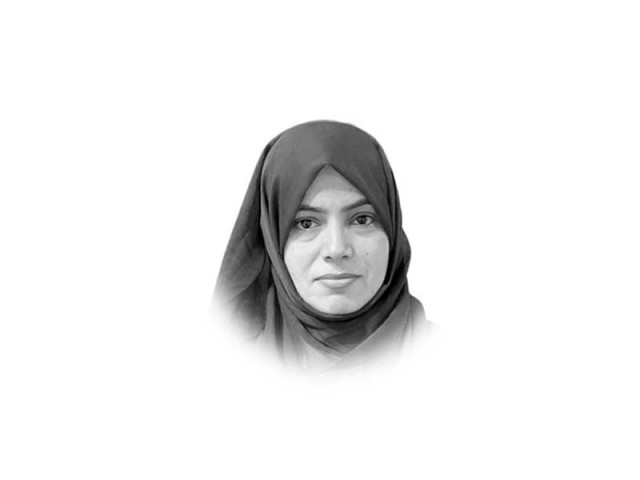The need to bridge gender gap in literacy
In Pakistan, literacy rate in 2022 has consistently shown males to have higher literacy rates compared to females

Ensuring gender equality continues to be a persistent challenge in Pakistan. While there have been notable strides in recent times, a considerable gap remains between the educational opportunities available to males and females, particularly in rural regions. Bridging this divide in the education sector holds paramount importance as it serves as a powerful catalyst for empowering women, nurturing social and economic development and constructing a more inclusive and fair society.
In Pakistan, the literacy rate in 2022 has shown a consistent trend where males have higher literacy rates compared to females. This traditional pattern has persisted over the years, hindering efforts to bridge the gender gap in literacy.
As of 2022, the male literacy rate stands at 70% while the female literacy rate lags behind at 48%. This discrepancy in literacy levels reflects the challenges faced by females in accessing quality education and highlights the urgent need for targeted interventions to address this issue.
According to the Population and Housing Census, the overall gross enrollment rate for the country is 78%, with males dominating this percentage at 94%. The fact that the male literacy rate remains high, even in rural areas (63%), compared to females (36%), underscores the persistent gender disparity in educational access.
Understanding current gender inequality in education requires its historical roots, where cultural norms favoured boys’ education, deeming girls’ education less important. This perpetuated gender disparity has limited opportunities for girls and women, hindering progress towards achieving gender equality in the education sector.
One of the main challenges contributing to gender inequality in education is the limited access to schools for girls, particularly in rural and remote areas. Economic constraints, long distances to schools and cultural barriers often prevent girls from pursuing education. Early marriages and child labour further exacerbate the issue, perpetuating the cycle of illiteracy.
It is essential to implement measures that prioritise and empower females to pursue education. Policymakers and stakeholders must focus on improving educational infrastructure in rural areas and creating initiatives that encourage female enrollment and retention in schools. By addressing socio-cultural barriers and promoting gender equality, it may be possible to break the cycle of the prevailing trend and make substantial progress towards achieving a more balanced literacy rate in Pakistan.
Even when girls have access to schools, they often face disparities in the quality of education compared to their male counterparts. Unequal funding, lack of female teachers and inadequate infrastructure in girls’ schools hinder the learning experience, leading to lower educational attainment levels for girls. Deep-rooted social and cultural norms in Pakistan play a significant role in disseminating gender inequality in education. Traditional gender roles and expectations often limit girls’ opportunities and discourage families from prioritising quality education for their daughters. Overcoming these norms is crucial to encouraging a more inclusive and equitable education system.
Gender inequality hinders socio-economic development; empowering women through education and workforce participation boosts economic growth and reduces poverty. Educated women’s choices on family planning, health and education improve maternal and child well-being, breaking intergenerational poverty. Policymakers should use targeted interventions like financial incentives, girls-only schools and female teacher recruitment for quality education and equal opportunities. Community engagement raises awareness, involves local leaders and fosters lasting change to challenge gender norms, traditions and trends and promote girls’ education. It requires collective action from government, civil society and communities to break barriers to girls’ education and promote gender equality. Unlocking the full potential of females through education drives economic growth and raises an inclusive, progressive society. Empower women to ensure moral progress, well-being, and foster inclusivity, resulting in strategic advancements that benefit the entire nation.
Published in The Express Tribune, August 19th, 2023.
Like Opinion & Editorial on Facebook, follow @ETOpEd on Twitter to receive all updates on all our daily pieces.



1729685382-0/Untitled-design-(57)1729685382-0-208x130.webp)










COMMENTS
Comments are moderated and generally will be posted if they are on-topic and not abusive.
For more information, please see our Comments FAQ